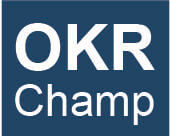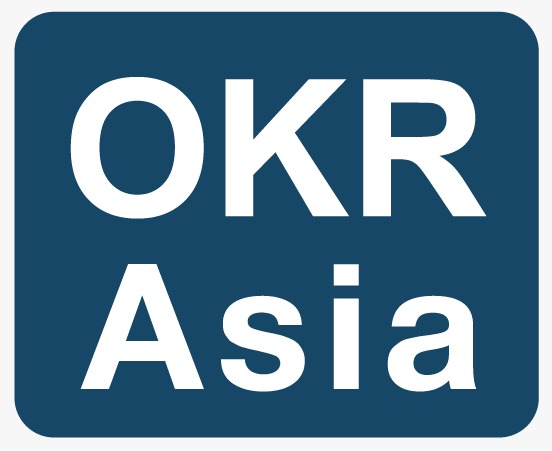Why does the Product Team need to set OKRs?
Why does the Product Team need to set OKRs?
Setting aspirational goals with measurable results is a collaborative management methodology called OKRs (Objectives and Key Results). Inherently, they promote transparency and drive alignment across business units and individuals.
Product teams can generate value in different ways through OKR focus areas:
- Launch of a new product
- A study of user needs
- Developing and designing
- Managing the release process
- Engaging customers and satisfying them
- Managing operations and enabling technology
The Sales, Customer Success, and Marketing departments work closely with product teams to convert resource investments directly into customer value.
The role of OKRs in solving product team challenges
The OKRs provide a link between product teams and organizational strategy. The lack of a framework such as OKRs causes product teams to operate in silos, inefficiently executing tasks as the product strategy is isolated, inhibiting overall growth.
OKRs can help product teams achieve tangible results because they are outcome-driven. Through OKRs, the product team gains a broader perspective on what an entire organization aims to accomplish.
OKRs for product launches, for example, are more execution-driven and are ideal for a team that has developed and aligned its strategy. Conversely, user research OKRs fit better into the strategic planning and alignment phase for product teams prior to a first-time product release. OKRs give product teams the choice based on maximizing value output.
Defining the product team’s OKRs
Defining overarching OKRs for product teams can be challenging, given that products have different shapes and structures based on the company. Marketers and salespeople will adopt different strategies depending on the product scenario (conversion versus awareness). In addition to aligning with these departments, consistently delivering high value also means connecting with the customer success team.
Hence, in order to deliver maximum value to customers, it is recommended that product teams align and build cross-functional OKRs between departments.
Last but not least, an organization’s size and scale affect its OKRs for the product teams. While startups and small and medium businesses may target product launches and market mapping, enterprises may focus on operations, growth, and revenue targets. Creating value requires aligning product team OKRs with corporate strategy.
Conclusion
Utilizing the OKR framework for product teams could help to maximize value generation. By focusing on outcomes, one can optimize project management, track development, and align with corporate strategy.








